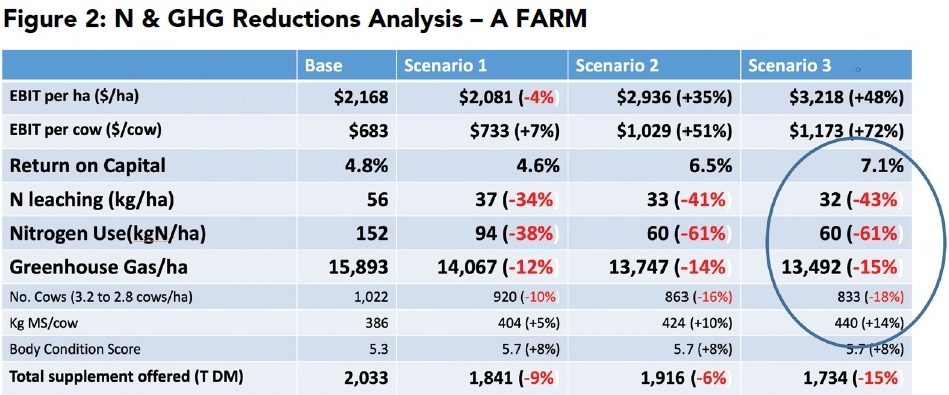Alison Dewes
The latest proposals on Freshwater are really about drawing a line in the sand. For the agricultural package, there is a range of proposals that are still to have feedback on.
In most areas, the proposals are unlikely to affect many farmers, if they are already doing a good job.
The most challenging area will be Canterbury, but there will be time for adaptation, and no one has yet settled on that. It may take several generations for that change to occur.
Many of the proposed national requirements are not even as hard as regional plans in some areas. All regions have different challenges. So some areas will be more affected than others on different issues. Some things that have changed:
Mahinga Kai now must be included in the consideration of how a river is managed – this is different as it includes the river mouth where shellfish and other food is gathered. So point source discharges from urban and industrial sites will also need renewed focus.
The management of the mixing at the river mouth will mean E. coli, nutrients and sediment will have to have renewed focus from the mountains to the sea.

The new nitrogen levels in the NPS Freshwater will have a moderately significant impact in Canterbury, but there will be time for change and this may take several generations.
The Intensive Winter Grazing rules are being worked on, and they really are only going to affect farmers winter grazing a lot more than 10% of their effective farm area. The modelling and work I have been involved in suggests there are alternatives to this, and in many cases a farm system review can yield more profitable outcomes as a farm becomes less dependent on intensive winter grazing in situ.
All grass wintering, altering stocking classes at different times of the year, and alternatives to business as usual, and surprisingly this can be more profitable with a far lower environmental impact.
At Risk Catchments are listed in Schedule one.
A significant one for dairy is the Piako-Waihou catchment. In this case, there will be a requirement for farms re leaching well above the average to demonstrate how they might come back to the 75th percentile. So in the case of Piako-Waihou, the highest N leachers need to demonstrate progress to get back to the 75th percentile (and show they are half-way there by three years).
So let’s think about the catchment’s profile, it is about average leaching of 25-30kg N per hectare per year (farming on peat is lower). The higher ones are probably leaching 35-60kg N/ha/year. The 75th percentile will be around 35, or so someone leaching 50kg N/ha/year will need to drop from 50 to 43 by 2023, for example.
Reducing N leaching – there are a range of options for famers, and the big wins are to do things along these lines:
Review Stocking Rate vs cow production; are there too many cows in the herd that are still not reaching their potential?
Intensive Winter Grazing in the paddock also contributes a lot to N losses, consider modelling other options and minimum tillage options, review N use, moving to more strategic use.
Consider the use of more mixed permanent forages that fix nitrogen and reduce leaching (such as chicory, plantain, clovers, cow salad).
That type of farm system planning example is shown above in Figure 2.
- Alison Dewes is a vet and freshwater ecologist.
This article is free to view because it is a topic of high importance. This article was published in New Zealand Dairy Exporter magazine. For less than $10/month, you can receive this detailed information to help improve performance within your business. nzfarmlife.co.nz/country-wide/
Supporting New Zealand journalism.





